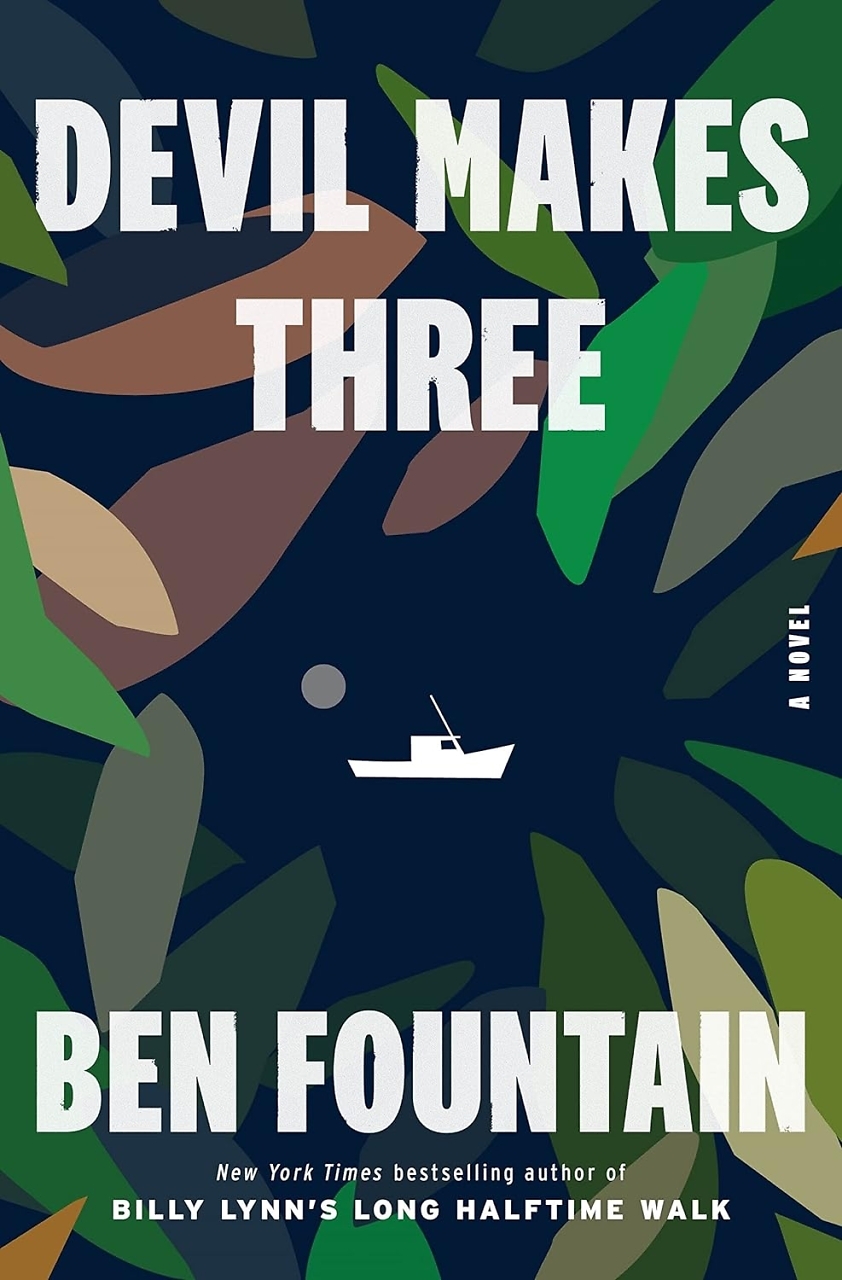Womanhood
Sonja Livingston explores femininity and fertility in Queen of the Fall
The introduction to Sonja Livingston’s Queen of the Fall presents the usual memoirist’s disclaimer in the most graceful way possible. Livingston offers up a memory of picking apples as a child in glorious early autumn, “trees wild with growth, branches pushing into sky the color of oceans on classroom globes.” Just when it seems we’re headed down the easy path of soft-focus reminiscence, Livingston pulls her sister into the scene to deliver information that casts the idyll in a new and much harsher light.
 The point is made: memory is tricky and “renders its stories without the burden of fact.” In the twenty-one short essays that make up Queen of the Fall, Livingston’s first loyalty is to memory and its emotional truth—a truth that, properly rendered, doesn’t contradict fact but exists in a realm of its own, its power and immediacy undiminished by time and external conditions.
The point is made: memory is tricky and “renders its stories without the burden of fact.” In the twenty-one short essays that make up Queen of the Fall, Livingston’s first loyalty is to memory and its emotional truth—a truth that, properly rendered, doesn’t contradict fact but exists in a realm of its own, its power and immediacy undiminished by time and external conditions.
“Queen of the Fall,” we learn in the introduction, is an old-fashioned variety of apple, but as a title the phrase points to several of the themes Livingston explores in the collection: problematic and powerful female icons, starting with Eve; Livingston’s own complicated relationship with femininity and fertility; and the shifting perspective of a woman entering life’s second half. If that summation of the book’s concerns suggests something vaguely polemical or self-absorbed and self-indulgent, rest assured that nothing of that sort is going on here. These essays are lyrical, occasionally dreamlike and impressionistic, and they explore the past without judgment or conclusion. They can be frank and unflinching, as when Livingston describes miscarrying in a bathroom during a party or the weirdly humiliating experience of inserting an ultrasound probe into her vagina. More often, though, she conveys hard truths through tender imagery. For instance, she compares the women in her family to birds caged by children and poverty, each “doing her best to weather containment until she can take it no more and flies away or lives out her days with an eye perpetually cocked toward open windows.”
 The goddesses in Queen of the Fall are Livingston’s personal pantheon, which includes literal divinities like the Virgin Mary, as well as cultural icons ranging from Susan B. Anthony to Ally McBeal. The goddesses are not so much the focus of her attention as key witnesses to portions of her life, called upon to aid the framing of recollection. In “Our Lady of the Carpeted Stairs,” the Blessed Mother has a featured role in the form of a statue that becomes part of an ongoing game between twenty-year-old Livingston and a priest for whom she has a sort of yearning filial love. Ally McBeal shares the lead with the Egyptian goddess Ma’at in ”The Lonely Hunters,” a meditation on existential longing. The goddesses aren’t all treated with perfect reverence. “Our Lady of the Lakes” is a tribute to the Land O’Lakes butter maiden, beloved in Livingston’s impoverished childhood home for both her delicious butter and a certain sexy possibility in her image on the box.
The goddesses in Queen of the Fall are Livingston’s personal pantheon, which includes literal divinities like the Virgin Mary, as well as cultural icons ranging from Susan B. Anthony to Ally McBeal. The goddesses are not so much the focus of her attention as key witnesses to portions of her life, called upon to aid the framing of recollection. In “Our Lady of the Carpeted Stairs,” the Blessed Mother has a featured role in the form of a statue that becomes part of an ongoing game between twenty-year-old Livingston and a priest for whom she has a sort of yearning filial love. Ally McBeal shares the lead with the Egyptian goddess Ma’at in ”The Lonely Hunters,” a meditation on existential longing. The goddesses aren’t all treated with perfect reverence. “Our Lady of the Lakes” is a tribute to the Land O’Lakes butter maiden, beloved in Livingston’s impoverished childhood home for both her delicious butter and a certain sexy possibility in her image on the box.
Some of the most moving segments of Queen of the Fall concern Livingston’s struggles with infertility. Shocked when she didn’t readily conceive during her first marriage, she became obsessed with getting pregnant. “I began to dream of finding babies,” she writes. “In overgrown lots. Stashed inside bathroom stalls at work, swaddled and lying in playgrounds. One appeared in the kitchen sink, all wet smiles and cooing as she floated between coffee mugs and cereal bowls.” Treatment and trying were unsuccessful, and she became part of a group rarely acknowledged in our culture these days: childless women who are content with their lives yet feel the lack of motherhood as more a loss than a proud choice. In “Something Like Joy,” she encounters a stranger’s casual question about children, and despite being happy in a new marriage and many years past her quest to conceive, it’s a poignant moment for her. “No children. Never could. The fact of it still so strange.”
Livingston is the author of a previous memoir, Ghostbread, about her childhood in a large, poverty-stricken family headed by a single mother. Queen of the Fall is more discursive than that book and ultimately less gritty, despite some of the tough material it takes on. Livingston’s economical prose style has taken on a little more flourish as well. But she remains a direct, quietly fierce writer. There’s always an air of perfect honesty about her writing, a sense that she’s incapable of dodging that emotional truth to which she has declared her allegiance.

Maria Browning is a fifth-generation Tennessean who grew up in Erin and Nashville. A graduate of Mount Holyoke College, she has attended the Clothesline School of Writing in Chicago, the Moss Workshop with Richard Bausch at the University of Memphis, and the Sewanee Writers’ Conference. She lives in White Bluff.


